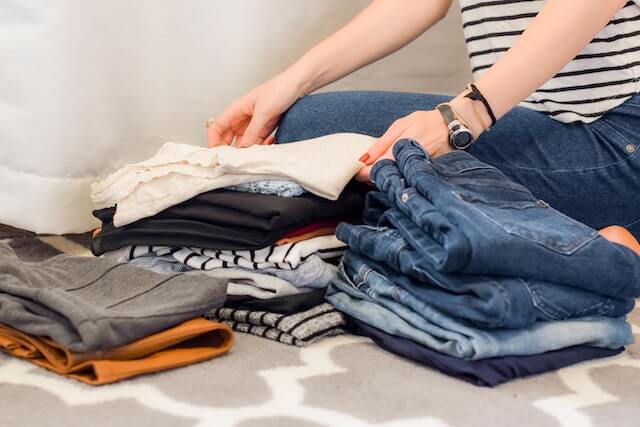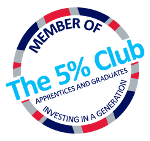Decluttering Your Home: A Room-by-Room Guide
The need for decluttering your home is never more apparent than when you are moving house. So, if you are looking to make the move to one of our wonderful Westcountry homes and need some help getting rid of some of the bulk, we’ve got some top tips for you here:
Tips Before You Get Started
It’s important to break the decluttering task down into manageable chunks to ensure you remain productive. Before you get stuck in, you should have boxes that are clearly defined for different purposes so you can sort your items:
- Bin – items you no longer need which are to be thrown away with the rest of the household waste
- Recycle – items that you no longer want/need but can be recycled
- Put away – items that have snuck out of their usual storage places
- Repair – items that can be given a new lease of life with some TLC
- Donate/Saleable – items that are still in good condition and can be sold on a second-hand platform or donated to a good cause
Create a Plan of Action
A plan of action will keep you on track and engaged in the decluttering process.
Set yourself realistic goals and chip away at one room at a time. Make quick progress by choosing one of the smaller rooms first to get your process underway.
Bathroom
We recommend you start decluttering your bathroom and begin with the medicine cabinet. Discard products past their use-by dates, such as vitamins, medicines or makeup and skincare products.
Wipe down the cabinet and shine the mirror before returning the products you’re keeping. A good tip is to store the things you use daily at eye level, then sort the rest of your items around this.
Next, move on to any other cabinets or drawers you have in the bathroom. Repeat the process of discarding expired goods, cleaning, and re-stocking the items you are keeping straight away.
Entrance
The porch or hallway into your home can quickly become cluttered with shoes, wellies, coats, and pet accessories. As this is a high-traffic area with family and guests using it to enter and exit your home, it makes sense to keep things neat and tidy.
Start with the draws of your console table and organise the contents in them. Prioritise space for items you use on a daily basis such as keys, wallet/purse, and shopping bags. Leave the space on top of the table clear for a lamp, plant, or ornament only.
If you have a hall cupboard, tackle that next. Pair up shoes and only keep the ones if there you use most frequently. Hang up coats and scarves and get yourself a hanging organiser for hats and gloves. You could have a compartment for each family member and leave it to them to keep tidy.
Remember, anything that you don’t wear anymore can be sold or donated if it’s in good enough condition. Take a look at second-hand platforms such as Facebook Marketplace or Vinted to sell these items.
Bedroom
A messy or cluttered space is linked to high levels of cortisol (the stress hormone), so having a clean and tidy bedroom to sleep in is very important to recharge your batteries.
First things first – make your bed! It’s difficult to declutter a room if you have an unmade bed staring at you. Next, move onto your bedside table and clear unnecessary items that have accumulated there over time. We suggest you only keep a book or Kindle, your phone charger, and a bedside light on there.
Next, work your way through your chest of draws. Use the opportunity to donate or sell good quality, unloved clothing or recycle items that are not in good condition. Pack away your out-of-season clothing into draws under your bed or in vacuum storage bags.
Kitchen
The kitchen is the heart of a home, so you want to try and keep it clear and tidy for yourself, your family and your guests to enjoy. To keep things simple, tackle one section of the kitchen at a time – think of crockery, glassware, cutlery, cookware and cupboards as separate sections, and work through them one by one.
It’s best if you completely empty the section you are working on, to evaluate what is staying or going more easily. Donate or recycle anything that you don’t use anymore, and definitely throw away those tins of soup that are years out of date!
Leave your countertops clear of clutter, prioritising space for your kettle, toaster, microwave, and utensils you use daily.
Living Room
Give commonly used items such as TV remotes, gaming equipment and books a permanent home. At IKEA you can purchase bookshelves and add cupboard doors to hide away files, games, and other items you don’t want on display. Leave the top half of the shelves to display recipe books that you reach for often.
Try to create a system for children’s toys and categorise them with each draw labelled as to what is inside. For example, set up boxes for toy cars, train sets, dolls and building blocks. Separate toys for donation or to pass onto younger members of your family who may enjoy the toys your child/children have grown out of.












